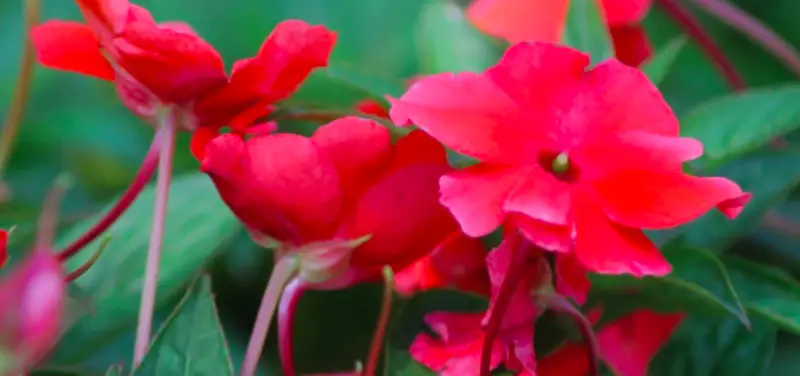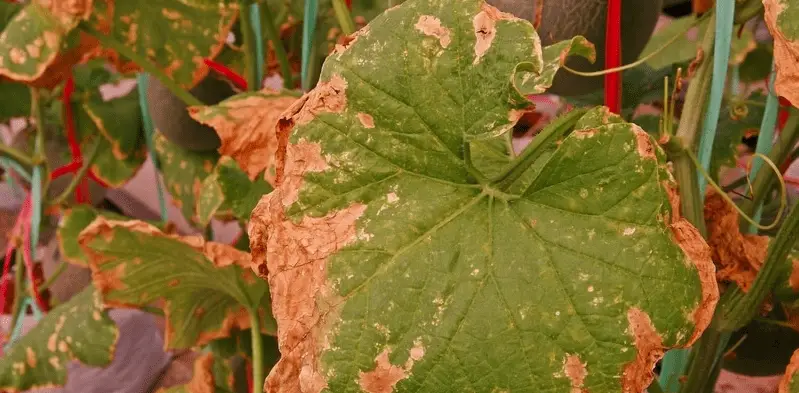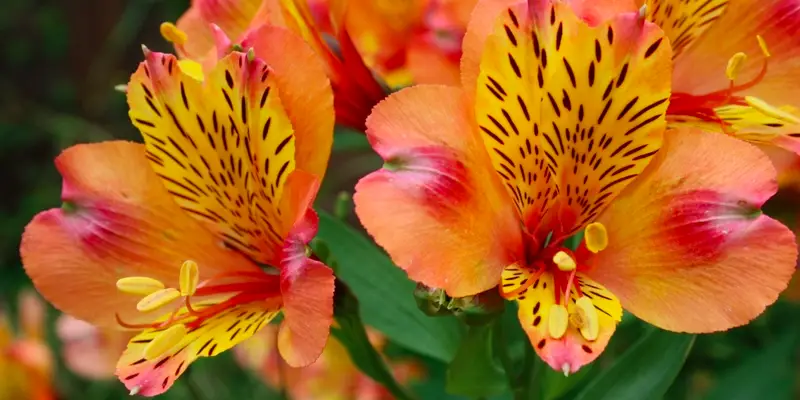If you’re like me, you love succulents! They are the perfect plants to add a pop of color to any room in your house. And if you’re lucky enough to have a garden, they make great additions there, too. But what do you do if your succulents start looking a little sickly? Is Seasol the answer? Keep reading to find out!
Can You Use Seasol on Succulents?
Yes, you can use Seasol on succulents! In fact, it’s a great way to add vital nutrients to their soil and help them recover from any stresses they may be experiencing. Just be sure to dilute the Seasol according to the instructions on the bottle, and you’ll soon see your succulents looking healthy and happy again.
Like other plants, succulents need a variety of nutrients to stay healthy. They need nitrogen for foliage growth, phosphorus for root development, and potassium for overall plant health. Seasol is a great way to provide these nutrients to your succulents, as well as help them recover from any type of stress.
However, succulents need less nitrogen than other plants do. This is because they are native to arid environments and have adapted to store water in their leaves. Too much nitrogen can cause succulents to produce too much foliage, which can lead to the plant becoming top-heavy, as well as fungal infections.
Seasol contains just the correct amount of nitrogen, phosphorus, and potassium that succulents need to stay healthy. It also contains other vital nutrients like iron, manganese, copper, and zinc.
Seasol is also great at stopping mealybugs and scale from attacking your succulents, so it’s definitely a product worth considering if you’re looking for a way to keep your plants healthy and happy!
How Much Seasol to Use on Succulents?
When using Seasol on succulents, it’s important to dilute it according to the instructions on the bottle.
I like to use roughly 150ml (one cup) of Seasol for every 7-9L of water. I put both liquids into a spray bottle and then spray my succulents generously.
It’s also important to remember that too much of anything is never a good thing. This includes watering your plants too often or using too much Seasol. If you do use too much Seasol, you may notice the leaves of your succulents turning yellow or brown. This is a sign that they are getting too much iron and manganese.
If you see this happening, simply stop using Seasol for a while and let the plants recover. They should be back to normal in no time.
What is Seasol?
Seasol is a seaweed extract that has been used for many years to improve plant health. It is rich in minerals and vitamins, as well as trace elements that are essential for plant growth.
The product is from Australia and is made from kelp that is found along the southern coast. It is harvested and then dried before being made into a liquid concentrate.
Seasol can be used on all types of plants, including succulents. It is safe to use and will not harm your plants. In fact, Seasol can even help stressed plants to recover and become healthy again.
Conclusion
In conclusion, you can use Seasol on succulents to help them recover from stress and add vital nutrients to their soil. But to get the most from Seasol, it’s important to dilute it according to the instructions on the bottle.
And remember, succulents need less nitrogen than other plants do, so don’t overdo it! A little Seasol goes a long way with these amazing plants.
I hope this article was helpful and that you now feel confident using Seasol on your succulents. If you have any questions, please leave a comment below and I’ll be happy to help.
Tim is an avid gardener from the UK. He was the founder of PlantCarer.com from 2021 to Sep 2023. He sold PlantCarer.com to Aaron. He has since started his own business called Seed To Supper, which provides new gardeners all the materials you need in a box (pots, seeds, compost and instructions) to grow your own delicious and nutritious vegetables and herbs from start to finish – no garden required.









0 Comments